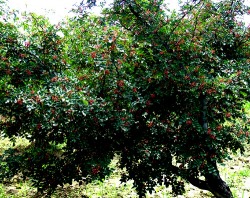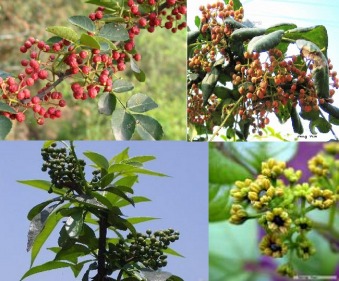Background and Rational

Currently there are more than 10 Prickly Ash varieties at different parts of China. As the Prickly Ash planting history is significantly long, the classification basises are quite different at different places. Name confusion is a big problem in breeding research of Prickly Ash. Therefore it is necessary to give a clear identification of so many varieties. In order to cultivate new varieties it is important to get a clear view of genetic relationship of different varieties.
Evaluation and identification of germplasm resources are important means to discover and utilize rare resources with high economical and academical value. The aim is to use new varieties breed germplasm resources as the raw material. Morphology characteristics are the results of the expression of genes. So evaluation and identification of germplasm resources from morphology level reflects the genetic variation at a certain extent.
Evaluation and identification of germplasm resources are important means to discover and utilize rare resources with high economical and academical value. The aim is to use new varieties breed germplasm resources as the raw material. Morphology characteristics are the results of the expression of genes. So evaluation and identification of germplasm resources from morphology level reflects the genetic variation at a certain extent.

The production of Prickly Ash in Xian and Cheng is 8,000,000 kilograms, which took up 40% of total production of China. So the varieties of these two locations were selected to conduct this research. Both of these two places have a long planting history of Prickly Ash. The dominant varieties in location Xian are Da, Xiao and Dou. For location Cheng they are Da, Sha and Gou. Prickly ash contains a large variety of volatile matter, which can all be included into fat. These volatile matter determines the perfume and quality of Prickly Ash. For quality comparison it is requisite to study the fat content of all these varieties.
Correlation analysis between different morphology characteristics can allow that to judge fruit traits(fruit diameter,fruit stipe length, nutrition content) from plant traits( leaf length, leaf width, rachils). This is also helpful to understand the genetic development of Prickly Ash. For the farmers they can also judge the future fruit quality and yield from the plant t even in the unripe period.
